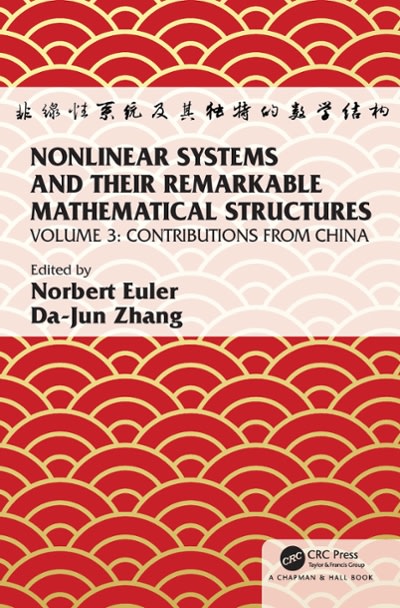Question
1:Let X be a random variable with finite variance. Let Y = X + for somenumbers , R. Compute l1 = E [(Y E[Y |X])*2].
1:Let X be a random variable with finite variance. Let Y = X + for somenumbers , R. Compute l1 = E [(Y E[Y |X])*2].
2:Again, let X be a random variable with finite variance. Additionally, let A U(1,1) such that X and A are independent and consider Y = AX. You may use without proof that A*2 X*2. Compute l2 = E [(Y E[Y |X])*2] expressing your final result in terms of E[X*k] for some value or values of k that you should specify.
3:[TYPE:] Provide an interpretation of the quantities l1 and l2 obtained in parts (a) and (b) above in terms of the ability to predict Y given the value of X and explain any difference you observe.
[3] Consider two random variables U and V with mean zero and variance one. Derive af ormula that decomposes l=E[(V E[V|U])2]into three parts as follows: l = 1 corr(U,V)E[...] () You need to fill in the missing part in the expectation on the right hand side. [TYPE:] Provide a statistical interpretation of each of the three terms on the right hand side of ()1 corr(U,V)E[...] () . commenting on the case when U and V are (i) independent, (ii) linearly related as in part (a) above and (iii) nonlinearly related with corr(U, V ) = 0. Hint: Letz=Cov(U,V)/var(u). and start with l=E(V +zUzUE[V|U])*2)
Step by Step Solution
There are 3 Steps involved in it
Step: 1

Get Instant Access to Expert-Tailored Solutions
See step-by-step solutions with expert insights and AI powered tools for academic success
Step: 2

Step: 3

Ace Your Homework with AI
Get the answers you need in no time with our AI-driven, step-by-step assistance
Get Started


